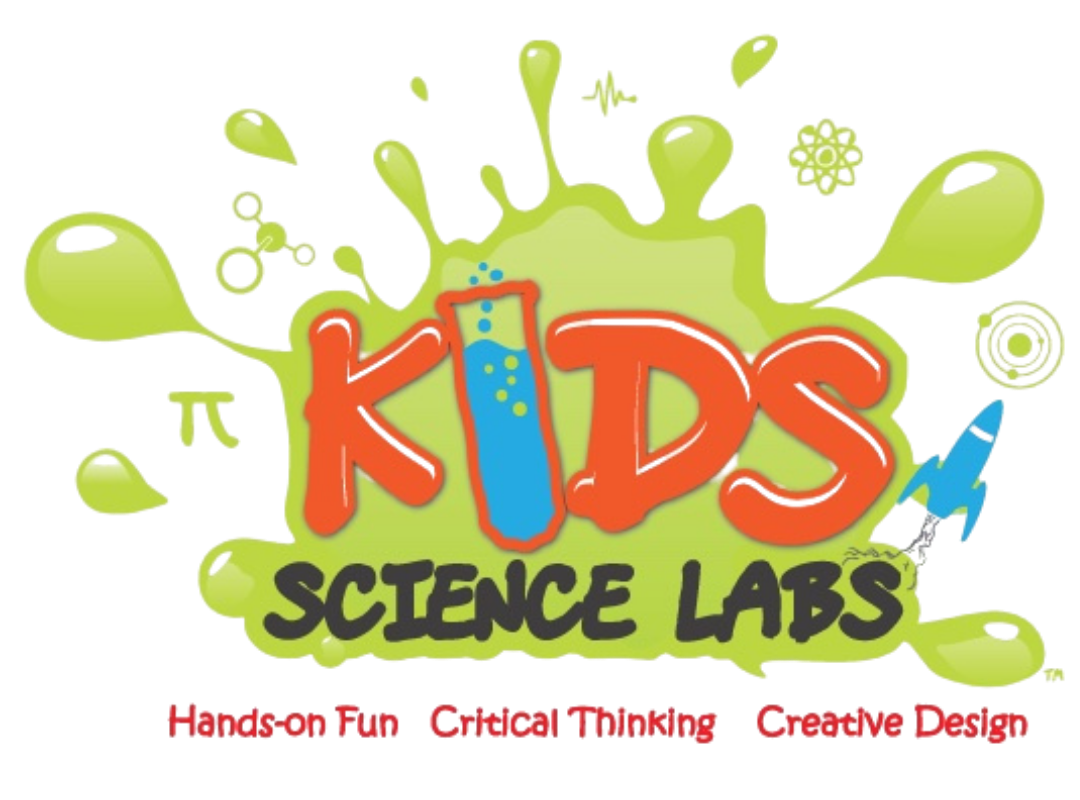Kids Science Labs Winter Camp Academy - Discovering Absorption
Our Kids Science Labs Academy students, who are attending winter break camp, are discovering today the properties of materials. Most importantly we are exploring which materials absorb liquids well, and how those materials work to help us to clean up spills. Every Kids Science Labs Camp begins with a thought provoking question: “Why does my cereal get soggy when I leave it in milk while I brush my teeth?”, as these questions get our students engaged and build new pathways for connecting core science concepts in their brain.
Absorption is the basic ability fo a materials to soak up or “absorb” another material. In this camp, our students experimented with aluminum foil, wax paper, toilet tissue, paper towel, dehydrated sponges, cheap paper towels, and other materials to determine just how much liquids they can absorb. Our young scientists, also explored how to use these materials to solve problems. For example, we gave students a science problem solving challenge, given two circles on paper towel….and asked “how can you use liquid water, to fill in the color of the circle”. Of course, this involved testing, iteration, consideration of alternatives, and ultimately solving the problem using hands-on science. We call this method of problem solving: DESIGN THINKING and its used throughout our curriculum to help our students become outperformers.
Be using pipettes to test the # of drops of liquid to absorb, our scientists could then compare the relative absorption of materials and thus apply the science to real applications that they use at home. If I had a small spill, which material would I use? What about a large spill/ What if I spilled syrup vs. milk? All of these questions become available for discovery at Kids Science Labs. Some of our next generation students may have then applied these principles to design their own sponges (time permitting) within the camp day, as well as testing other random materials, including polymers that have have hyper-absorbent properties.








